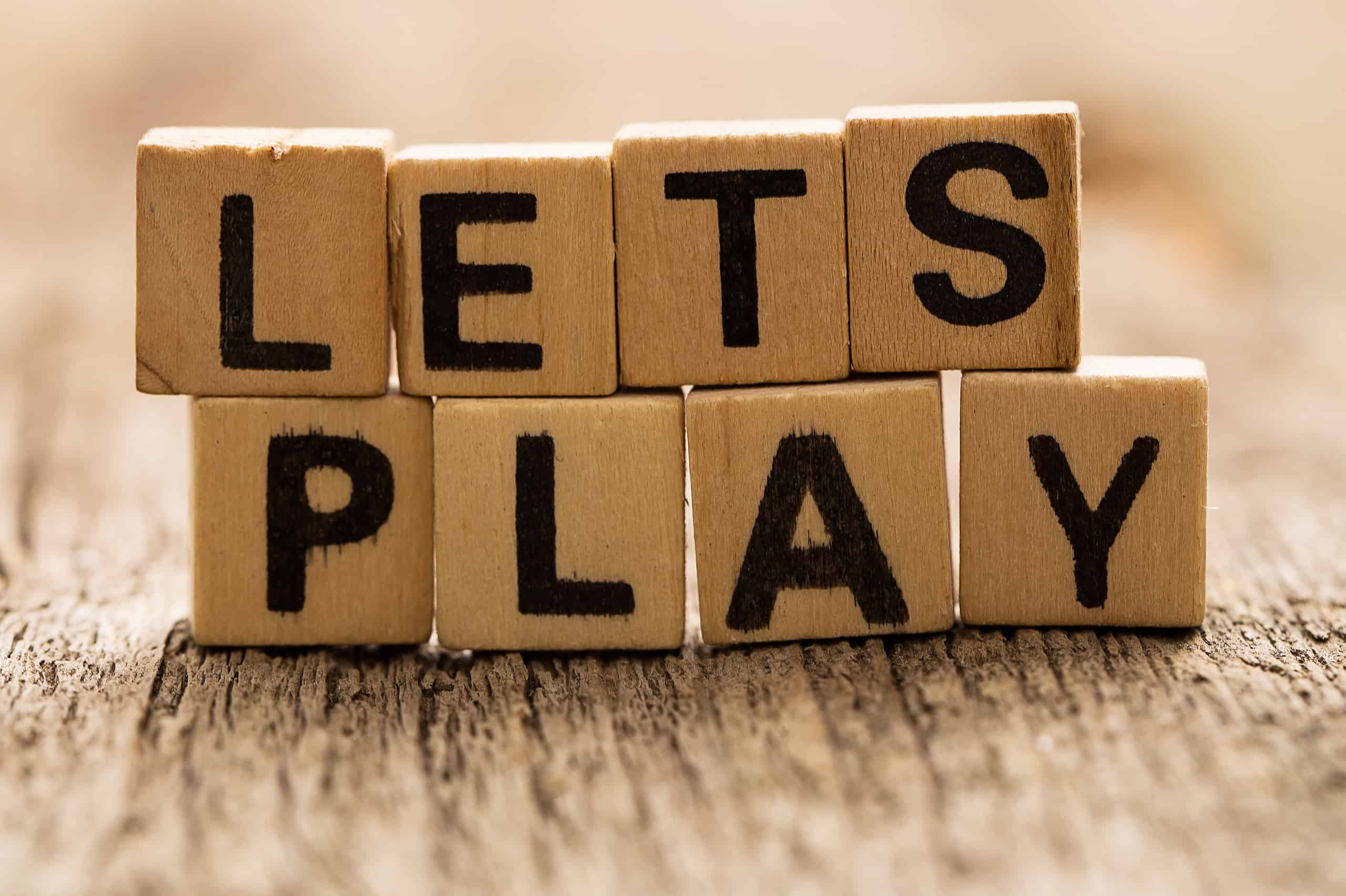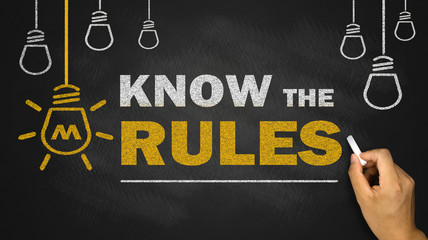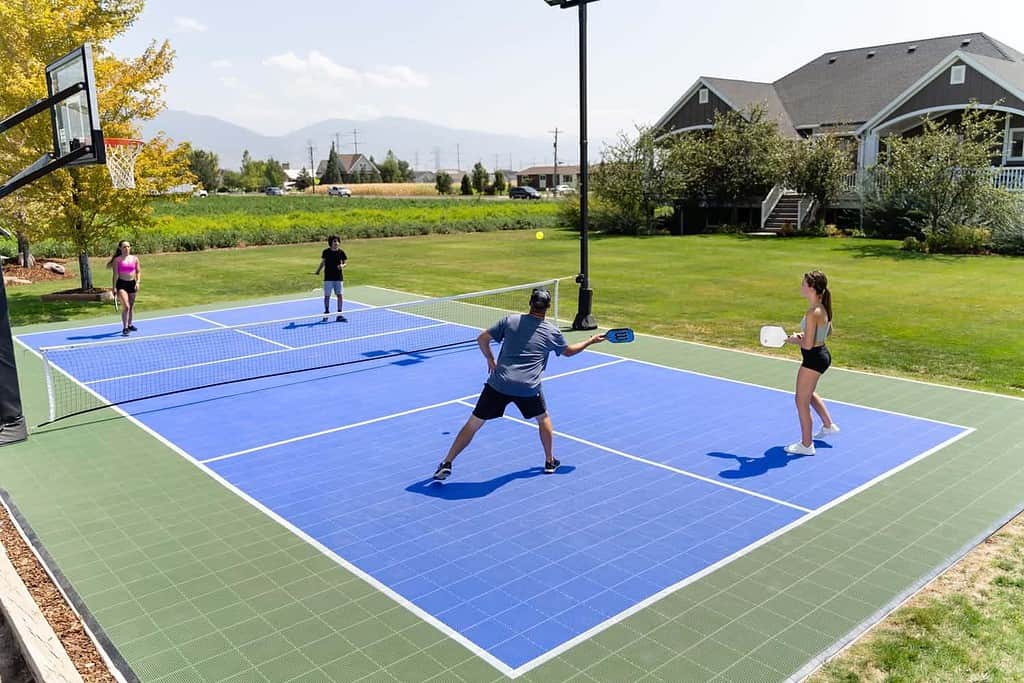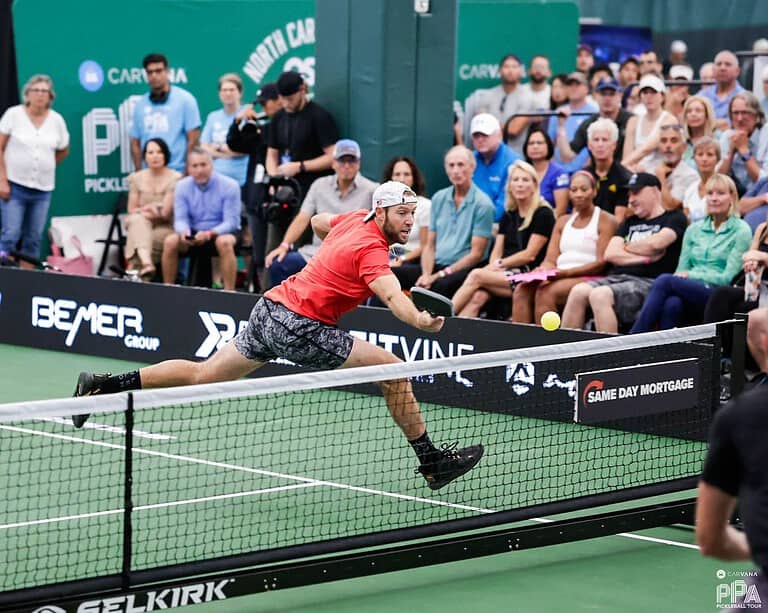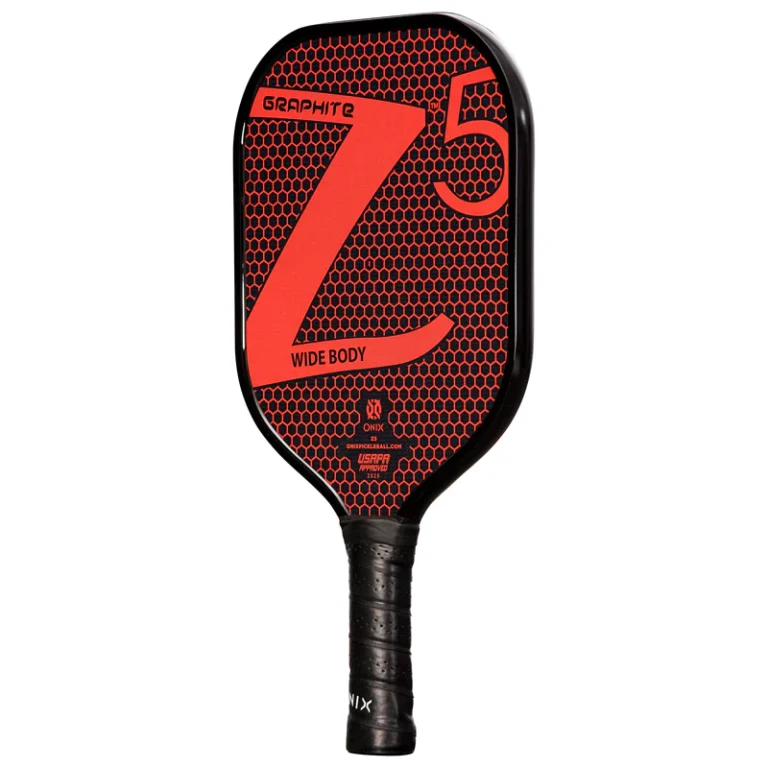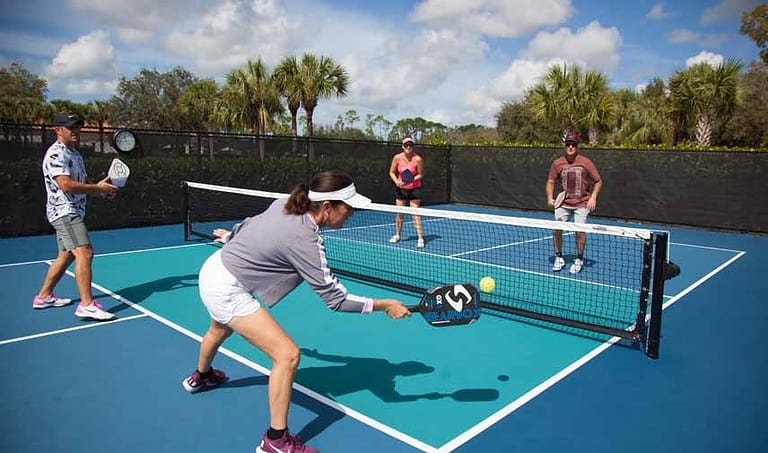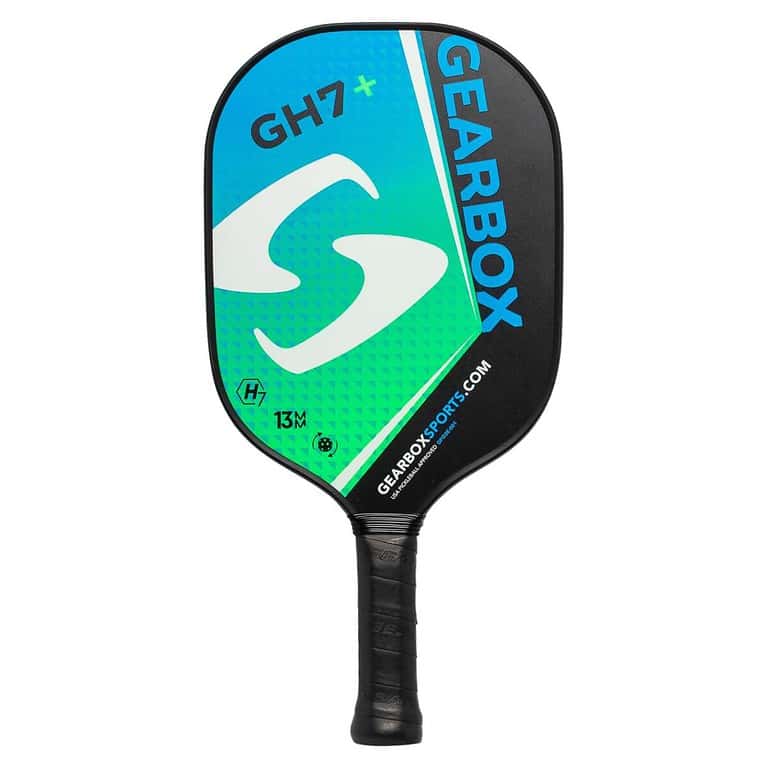50 Best Pickleball Terms Every Player Should Know
Ever wonder what the basic pickleball terms are? Are you new to the game of pickleball and having trouble understanding the terminology used by players? Or are you a seasoned player looking to expand your knowledge of the game’s lingo? Well, you’ve come to the right place! In this article, we’ll provide you with a comprehensive list of 50 pickleball terms that every player should know.
Pickleball is a fast-growing sport that combines elements of tennis, badminton, and ping pong. It’s played with a paddle and a plastic ball on a court that’s about a third of the size of a tennis court. With its easy-to-learn rules and social nature, pickleball has become a popular pastime for people of all ages and skill levels. But to fully enjoy the game, it’s important to understand the terminology used by players.
This list of 50 pickleball terms covers everything from the basics, like “serve” and “volley,” to more advanced concepts like “dink” and “stacking.” Whether you’re a beginner or an experienced player, this guide will help you communicate effectively with your fellow players and improve your understanding of the game. So let’s get started!
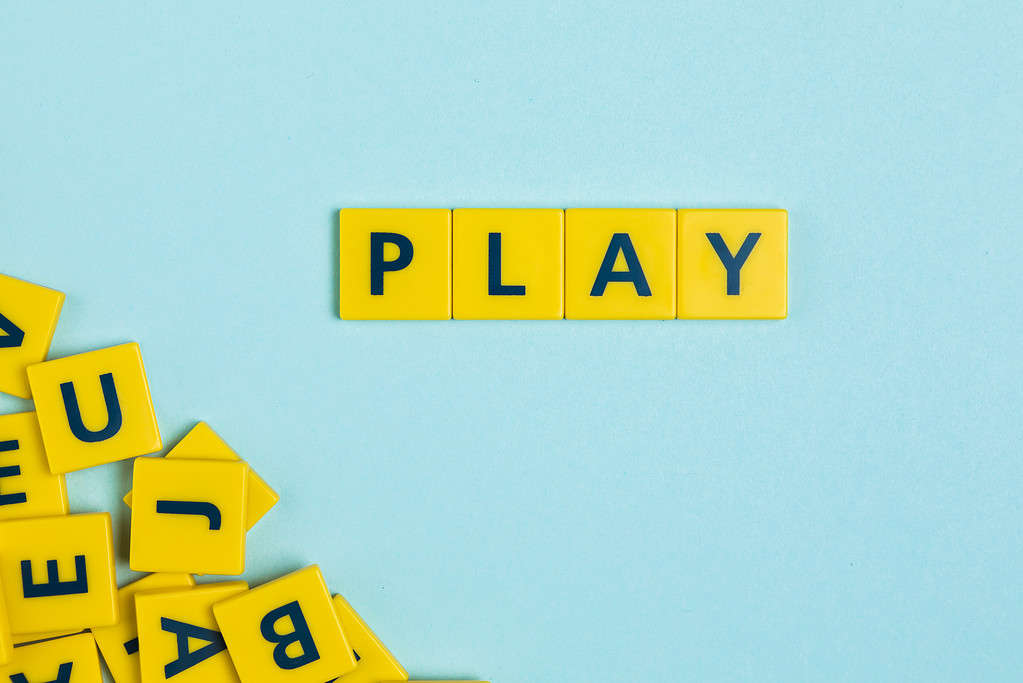
Understanding the Game
Pickleball is a paddle sport that has rapidly gained popularity in recent years. It is a fun and exciting game that combines elements of tennis, badminton, and table tennis. In this section, we will go over the basics of the game, including the rules, scoring, and how to play.
The Game
Pickleball is played on a court that is 20 feet wide and 44 feet long. The net is hung at a height of 36 inches at the center and 34 inches at the edges, and the court is divided into two halves by the net. The game can be played in singles or doubles, with each player using a paddle to hit a plastic ball over the net and into the opponent’s court.
The Rules
The rules of pickleball are relatively simple, making it easy to pick up and play. The game starts with a serve, and the ball must be hit underhand and cross-court.
The ball must bounce once on the server’s side and once on the receiver’s side before it can be hit in the air. After that, the ball can be hit in the air or after it bounces, and the point continues until one team fails to return the ball or hits it out of bounds.
Scoring
Scoring in pickleball is similar to tennis, with points being awarded for each rally won. A point is awarded to the serving team if they win the rally, and the receiving team if they win the rally. Games are usually played to 11 points, and the winning team must win by two points.
Rating
Pickleball players are often rated based on their skill level, with ratings ranging from 1.0 (beginner) to 5.0 (professional). These ratings are used to ensure that players of similar skill levels are matched up against each other, making the game more competitive and enjoyable for everyone.
In conclusion, pickleball is a fun and exciting game that is easy to learn and play. With these basic rules and guidelines, you should be able to get started playing pickleball in no time.
Pickleball Court Layout
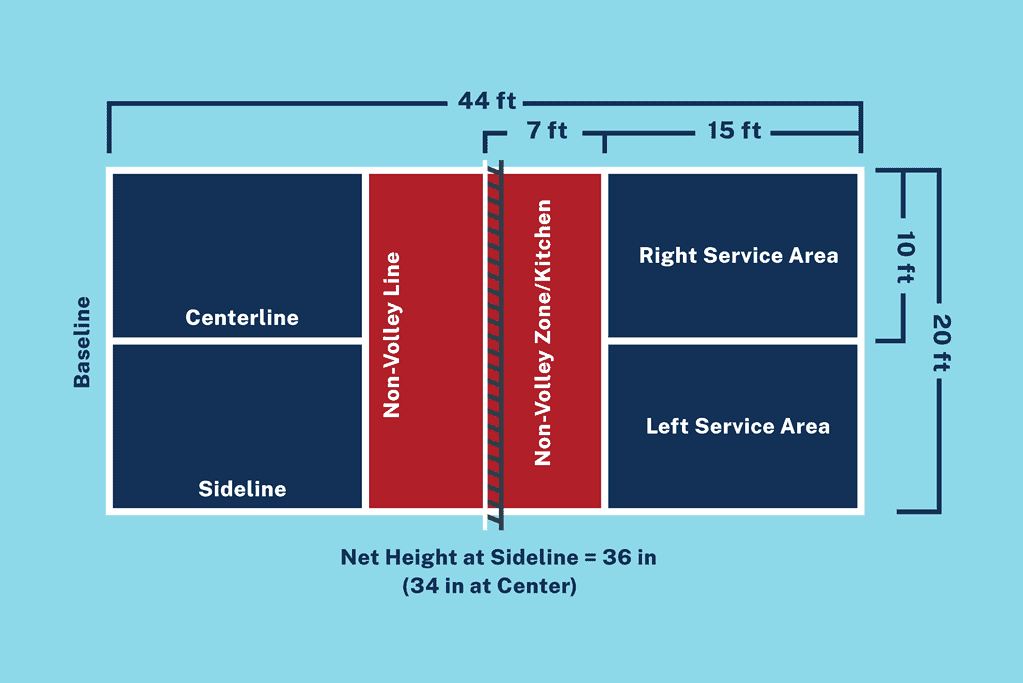
To play pickleball, you need to set up a court that meets the official standards. The USAPA (United States of America Pickleball Association) recommends that a standard pickleball court should measure 20 feet wide by 44 feet long. This makes it slightly smaller than a standard doubles tennis court.
The court is divided into several areas that have specific purposes. The following pickleball terms are the key areas of a pickleball court:
- Non-volley zone: This is also known as the “kitchen” and is a 14-feet area on both sides of the net. You are not allowed to hit the ball while standing inside this area except when the ball bounces in it.
- Sideline: This is the boundary line on both sides of the court, and the ball must land within these lines to be considered in play.
- Centerline: This is the line that divides the court into two equal halves.
- Kitchen line: This is the line that marks the end of the non-volley zone and the start of the rest of the court.
- Pickleball net: This is the net that divides the court into two sides. The net should be 36 inches high at the sidelines and 34 inches high at the center. Best Portable Pickleball Nets – Learn More
When setting up a pickleball court, you can use an existing tennis court or any other flat surface that meets the official standards. The surface should be smooth and free of cracks and debris. You can also use temporary pickleball courts that can be set up on several existing sport surfaces such as basketball courts, volleyball courts, badminton courts, and inline hockey rinks.
Knowing the layout of the pickleball court is essential to play the game correctly. Make sure you set up the court according to the official standards to ensure a fair and enjoyable game for everyone.
Basic Pickleball Terms
If you’re new to pickleball, it’s important to understand the basic pickleball terms used in the game. Here are some of the most common terms you’ll hear on the court:
Serve
A key pickleball term is the serve. It is the first shot of each rally. The server must hit the ball underhand and make contact with the ball below their waist. The serve must be hit diagonally across the court to the receiver’s service court.
Receiver
The receiver is the player who is receiving the serve. The receiver must stand in the service court diagonally across from the server.
Server Number
A key pickleball term tok know is the server number. This is the number assigned to each player on a team. The server number determines who serves first and in which order the players serve throughout the game.
Side Out
A side out occurs when the serving team loses the point. The opposing team then gets to serve.
Let
A let is a serve that hits the net and lands in the correct service court. The serve is replayed without penalty.
Fault
A fault occurs when a player makes an illegal serve or hits the ball out of bounds. The opposing team is awarded a point.
Rally
A rally is a sequence of back-and-forth shots between the two teams. The rally ends when one team makes a fault or hits the ball out of bounds.
Out of Bounds
A ball is considered out of bounds if it lands outside of the court boundaries. If a player hits the ball out of bounds, the opposing team is awarded a point.
Replay
A replay occurs when a point is awarded to the wrong team, or there is a dispute over a call. The point is replayed without penalty.
Understanding these basic pickleball terms will help you communicate with your teammates and opponents on the court.
Advanced Pickleball Terms
As you become more experienced in playing pickleball, you will encounter some advanced terms that can help you improve your game. Here are some of the most important pickleball terms:
- Baseline: The line at the back of the court that marks the boundary between the playing area and the area out of bounds.
- Drive: A powerful shot hit with a lot of speed and force, often used to drive the ball deep into the opponent’s court.
- Drop shot: A soft shot hit with a lot of backspin, causing the ball to drop suddenly after crossing the net.
- Dink: A soft shot hit with little or no backswing, often used to place the ball precisely where the opponent is not.
- Volley: A shot hit in mid-air before the ball bounces on the court.
- Ace: A serve that lands in the opponent’s court and is not touched by the opponent.
- Backspin: A spin on the ball that causes it to rotate backwards, slowing down its forward motion and causing it to drop more quickly.
- Backhand: A stroke hit with the backside of the paddle.
- Doubles: A game played with two players on each side.
- Lob: A high, arcing shot hit over the opponent’s head.
- Paddle: The equipment used to hit the ball is typically made of lightweight materials such as graphite or composite.
- Third shot: The shot hit after the serve and return, typically used to set up an offensive position.
- Overhead: A shot hit above the head, often used to smash the ball down into the opponent’s court.
- Approach shot: A shot hit while moving forward towards the net.
- Backcourt: The area of the court near the baseline.
- Forehand: A stroke hit with the front side of the paddle.
- Poach: A strategy in doubles play where one player crosses over to hit a ball that would normally be hit by their partner.
- Stroke: A player’s swing at the ball.
- Service court: The area of the court where the serve must land to be legal.
- Second serve: A serve that is attempted after the first serve is missed or is a fault.
- Lines: The lines on the court that define the boundaries of the playing area.
- Backswing: The motion of the paddle before hitting the ball.
- Bounce it: A strategy where a player intentionally bounces the ball off the court before hitting it.
- Chop: A shot hit with a downward chopping motion, often used to counter a high ball.
- Dead ball: A ball that is no longer in play.
- Double bounce: A violation where a player hits the ball after it has bounced twice on their side of the court.
- Double hit: A violation where a player hits the ball twice in succession.
- Grip: The way a player holds the paddle.
- Groundstroke: A shot hit after the ball has bounced on the court.
- Overhead shot: A shot hit above the player’s head.
- Pickled: A term used to describe a player who is caught out of position and unable to make a play on the ball.
- Singles: A game played with one player on each side.
- Slice: A shot hit with a slicing motion, causing the ball to spin and change direction.
- Carry: A violation where the ball is held on the paddle for too long.
- Foot fault: A violation where the server steps on or over the baseline before making contact with the ball.
- Half-volley: A shot hit immediately after the ball bounces on the court.
- Midcourt: The area of the court between the baseline and the non-volley zone.
- Pickler: A player who specializes in playing pickleball.
- Erne: A shot hit by jumping over the non-volley zone to hit the ball on the other side of the net.
- Smash: A powerful overhead shot hit with a lot of force.
- Punch: A shot hit with a quick, punching motion.
- Strategy: The overall plan a player or team uses to win a game.
- Dink shot: A soft shot hit with a little backspin, often used to place the ball precisely where the opponent is not.
- Falafel: A fake shot used to deceive the opponent.
- Pickle!: A call used to alert other players that a ball is headed towards them.
- Pickledome: A facility dedicated to playing pickleball.
- Put away: A shot hit with enough force to end the point.
- Banger: A player who hits the ball with a lot of power.
- **Top spin
Pickleball Vs Tennis
If you’re familiar with tennis, you might be wondering how pickleball compares to it. While both sports share some similarities, there are also some key differences to consider.
One of the biggest differences is the court size. A pickleball court is smaller than a tennis court, measuring 20 feet in width and 44 feet in length. In comparison, a tennis court can be as wide as 27 feet for singles and 36 feet for doubles, with a length of 78 feet. This difference in dimensions significantly impacts the style and pace of play in each sport.
Another difference is the equipment used. In pickleball, players use a paddle to hit a lightweight ball made of plastic with small holes. In tennis, players use a racket to hit a heavier ball made of felt. The different equipment affects the way the ball is hit and the amount of power that can be generated.
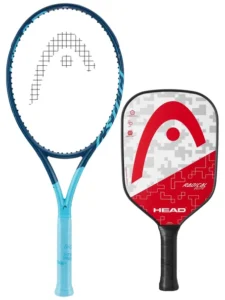
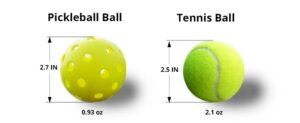
Scoring is also different between the two sports. In pickleball, points can only be scored by the serving team, and games are typically played to 11 points. In tennis, points can be scored by either player, and games are typically played to 6 or 7 points, depending on the level of play.
Despite these differences, there are also some similarities between the two sports. Both require quick reflexes, good hand-eye coordination, and the ability to move quickly around the court. Additionally, many tennis players find that their skills transfer over well to pickleball.
Overall, while there are some differences between pickleball and tennis, both sports offer a fun and challenging way to stay active and improve your skills.
Unique Pickleball Slangs
As you become more familiar with pickleball, you will start to hear some unique slang terms that are used by players. Here are a few of the most common ones:
- Pickle: This term is used to describe a situation where a player is caught out of position and unable to hit the ball. It can also refer to a ball that is hit so hard that it is difficult to return.
- Pickled: When a player gets hit by the ball during a game, they are said to be “pickled.” This can happen accidentally or intentionally, and it’s usually not a pleasant experience!
- Pickle!: This is a call that players use to communicate with their partner when they are both going for the same ball. It’s a way to avoid collisions and ensure that both players are on the same page.
- Pickledome: This is a term used to describe a particularly intense game of pickleball. It’s usually used when both teams are evenly matched, and the game is very competitive.
- Banger: A player who relies on power shots rather than finesse is often referred to as a “banger.” These players tend to hit the ball very hard and are often difficult to play against.
- Pickleball paddle: This is the piece of equipment that players use to hit the ball. Paddles come in a variety of shapes and sizes, and each player usually has their own preferred type.
- Pickleball net: The net is the barrier that separates the two sides of the court. It is 36 inches high at the center and 34 inches high at the edges.
Overall, understanding these unique pickleball slang can help you communicate better with your fellow players and enhance your overall playing experience.
Frequently Asked Questions
What are some common pickleball terms used for shots?
Some common pickleball terms used for shots include dink, lob, drive, volley, and smash.
A dink is a soft shot hit just over the net. A lob is a high shot that travels deep into the opponent’s court. A drive is a harder and faster shot that is hit with more power and speed than a dink.
A volley is a shot that is hit in mid-air without letting the ball bounce. A smash is a powerful overhead shot that is hit with force to end the point.
What is the kitchen in pickleball?
The kitchen, also known as the non-volley zone (NVZ), is a 7-foot area on both sides of the net where players are not allowed to volley the ball.
This rule is in place to prevent players from getting too close to the net and dominating the game with their height advantage.
Players can enter the kitchen to play a ball that has already bounced or if they are forced into the kitchen by their opponent’s shot.
What are some funny pickleball rules?
There are no official funny rules in pickleball, but some players like to create their own rules to make the game more interesting.
For example, players may decide to play with a giant ball or to only use their non-dominant hand. These rules are not recognized by official pickleball organizations and should only be used for fun.
What do you call someone who plays pickleball?
A person who plays pickleball is called a pickleball player. There is no special name for someone who plays pickleball, but some players may refer to themselves as “pickleballers” or “picklers”.
What are some common phrases used in pickleball?
Some common phrases used in pickleball include “side out,” “let serve,” “foot fault,” “out,” and “in.” A side-out occurs when the serving team loses the point, and the opposing team gains the serve.
A let serve is a term that refers to when the ball hits the top of the net and lands in the proper service court. A foot fault occurs when a player steps on or over the baseline or the kitchen line while serving. “Out” is term that is called when the ball lands outside the court boundaries, and “in” is called when the ball lands inside the court boundaries.
What is the pickleball term ‘flapjack’ in pickleball?
It is a pickleball term that refers to one of the first two shots that have to bounce in the game. The serve and the return. After these two shots you are free to volley.
What are thermoformed pickleball paddles?
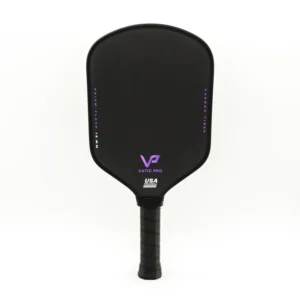
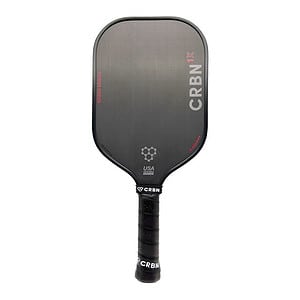
Thermoformed is a term that refers to pickleball paddles are a unique one piece construction. They have excellent durability and play characteristics.

